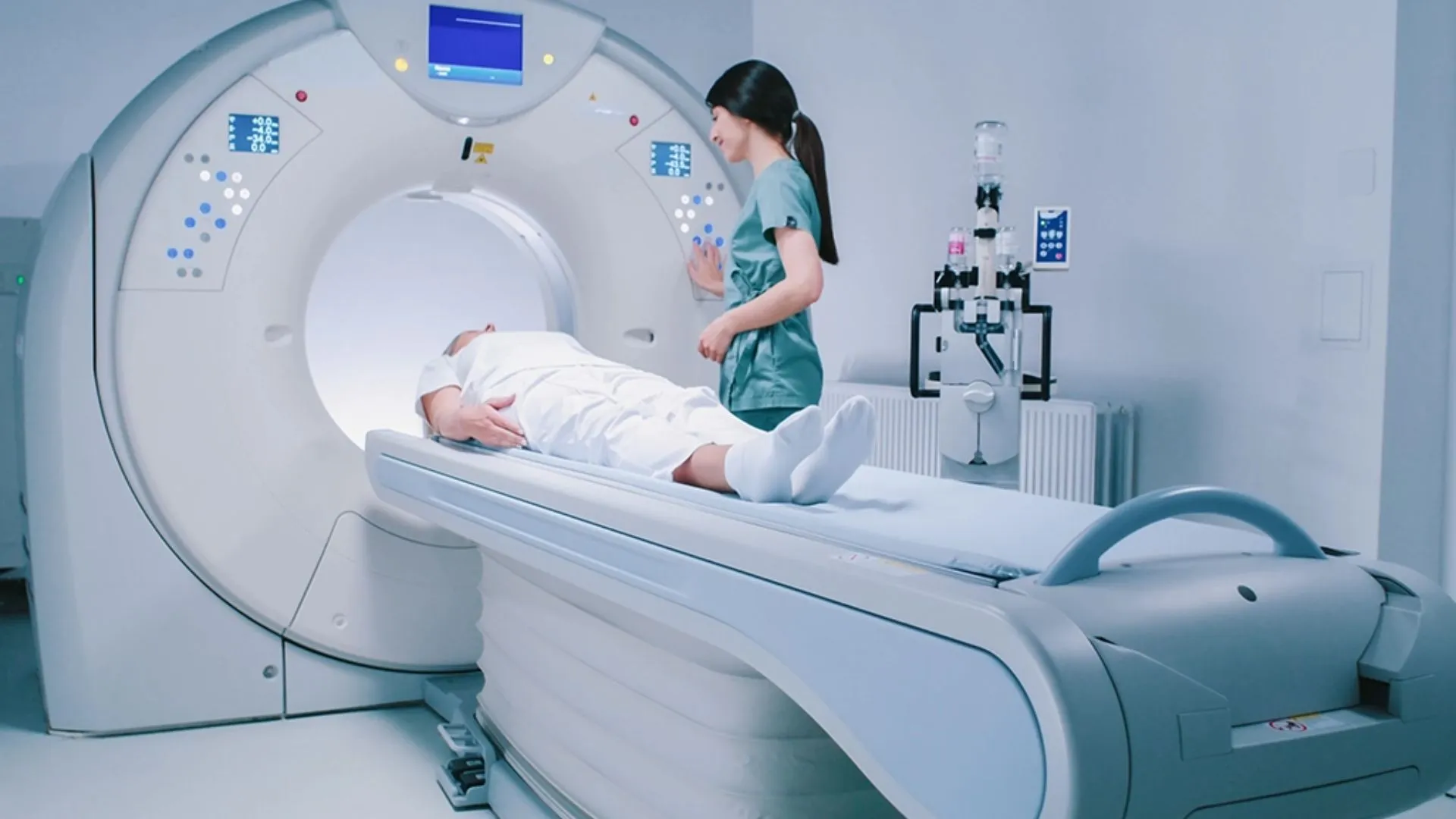A landmark study by researchers at the University of California, San Francisco (UCSF) has raised fresh concerns about the widespread use of CT scans (Computed Tomography) in the U.S., warning that the procedure may be contributing to a significant number of cancer cases annually.
According to the study, CT scan radiation may be responsible for up to 5% of all cancer diagnoses each year, with certain populations facing disproportionately higher risks. Published in the journal JAMA Internal Medicine and funded by the National Institutes of Health, the study estimates that between three and four times more cancers in 2023 were attributable to CT-related radiation exposure than previously projected. A Silent Risk Behind a Common Diagnostic Tool While CT scans have become a routine part of modern diagnostics — used to detect everything from internal injuries to tumors — they expose patients to ionizing radiation, a known carcinogen.

Unlike regular X-rays, CT scans produce multiple cross-sectional images of the body, leading to higher cumulative radiation exposure. Dr. Rebecca Smith-Bindman, lead author of the study and a professor of epidemiology and biostatistics at UCSF, explained that the findings signal a public health concern: Who’s Most at Risk? The research team analyzed 93 million CT exams from over 61 million patients in 2023 alone.
The majority of those scans were conducted on adults between 60 and 69 years of age, but it was individuals between 50 and 59 who were found to have the highest projected risk of developing scan-related cancers — including lung, colon, bladder, leukemia, and breast cancers. Infants, meanwhile, emerged as the most vulnerable group. The study found that children under the age of one were 10 times more likely to develop cancer from CT exposure than older children or adults.
In pediatric cases, head CTs posed the greatest risk, while in adults, abdominal and pelvic scans topped the list. Comparable to Lifestyle Risks Remarkably, the study draws a direct comparison between the cancer risk from CT scans and other major lifestyle factors. She emphasized that not all CT scans are essential, and reducing both the number of scans and the radiation dose per scan could have a life-saving impact.
Unnecessary scans for issues like mild respiratory infections or headaches without warning signs, she said, should be reconsidered. A Call for Informed Consent and Judicious Use The findings have triggered calls within the medical community for greater caution and transparency in imaging protocols. Dr.
Patricia Nguyen, a cardiologist at Stanford who was not involved in the study, told local media: Dr. Smith-Bindman echoed that view: Must Read: Colossal Squid Captured On Film In Natural Habitat For The First Time; 100 Years After Discovery.
Health

‘Indians Take Dolo 650 Like Cadbury Gems’: Gastrologist Posts On X

What was once just one among many paracetamol brands has, over the last few years, evolved into a near-staple in home medicine kits—so much so that it’s often jokingly compared to candies like "Cadbury Gems" for its ubiquity.














